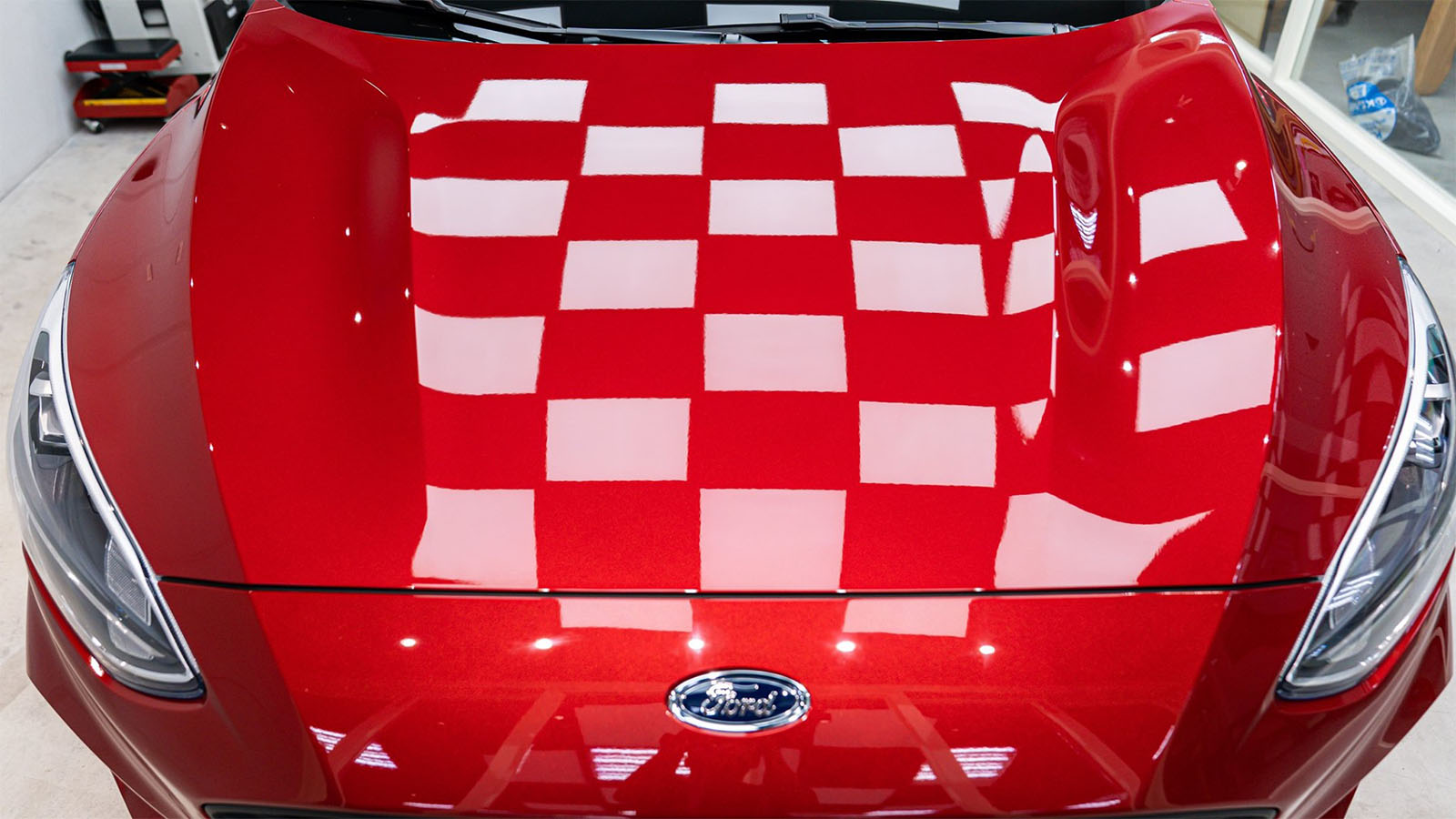Top Quality Ceramic Coatings San Jose for a Flawless Finish
Top Quality Ceramic Coatings San Jose for a Flawless Finish
Blog Article
Introducing the Science Behind Ceramic Coatings: Just How Does It Work and Why Is It Above Typical Alternatives?
Ceramic finishes have actually been acquiring popularity in different industries for their exceptional performance and durability. Recognizing how ceramic finishings work and why they outperform traditional choices is important for those seeking to enhance the longevity and strength of their products.
The Chemistry of Ceramic Coatings
In recognizing ceramic layers, delving right into the elaborate chemistry behind their composition is essential for realizing their functionality and longevity. Ceramic finishings are primarily composed of silicon dioxide (SiO2), which forms a safety and strong layer when related to numerous surface areas. This chemical framework offers outstanding resistance to warmth, chemicals, and rust, making ceramic finishes extremely demanded for a wide variety of applications.
The chemistry behind ceramic finishings includes the development of covalent bonds between silicon and oxygen atoms, developing a stiff network that boosts the coating's toughness and sturdiness. Furthermore, the presence of various other aspects such as zirconium, titanium, and aluminum additional improves the finish's buildings, supplying increased firmness and attachment to surface areas.
Understanding the chemical make-up of ceramic coatings permits for the personalization of formulas to match specific requirements, whether it be for automobile, industrial, or household functions. By utilizing the power of chemistry, ceramic finishes remain to pave the method for superior protection and performance in different sectors.
Advantages of Ceramic Coatings

As a result, ceramic coverings make cleansing and keeping surfaces much easier and much less time-consuming. Generally, the wide variety of benefits provided by ceramic coatings make them a superior alternative contrasted to conventional layer techniques.
Just How Ceramic Coatings Bond
Ceramic layers bond to surface areas through a process that entails molecular adhesion and chemical interactions. When a ceramic coating is used to a surface area, it develops a solid bond by chemically adhering to the surface area at a molecular degree.
Moreover, the chemical communications between the ceramic coating and the surface area further improve the bond. ceramic coatings san jose. These communications permit the ceramic finishing to develop a smooth and constant layer on the surface, giving exceptional defense and resilience. Unlike traditional finishings that might rest on the surface area without fully bonding, ceramic coatings develop an irreversible bond that is immune to chemicals, UV rays, and severe ecological conditions

In significance, the bonding device of ceramic finishes makes certain a long-lasting and effective safety layer that outshines traditional covering choices. This superior bond adds to the longevity, scratch resistance, and durability of ceramic layers, making them a recommended option for various applications.
Longevity of Ceramic Coatings
The exceptional long life of ceramic layers stems from their robust molecular bond and chemical interactions with surface areas, making certain a long lasting protective layer that exceeds standard finishing options. As soon as applied, ceramic coatings create a strong bond with the substrate, producing a resistant barrier versus various ecological stressors such as UV radiation, chemicals, and abrasions. This bond is so secure that it can hold up against the roughness of day-to-day use without degrading or breaking down promptly.
Unlike conventional finishes that may degrade over time, ceramic finishings preserve their honesty for an extended period, giving durable defense for the underlying surface area. In general, the remarkable sturdiness of ceramic coverings makes them a premium option for protecting a wide variety of surface areas in numerous applications.
Ceramic Coatings Vs. Conventional Alternatives
In comparison to conventional finish approaches, ceramic finishings supply visit site a distinctive blend of resilience and protective abilities that set them apart in different surface protection applications. Standard options such as wax or sealers offer a short-lived layer of security that can diminish swiftly, needing frequent reapplication. On the other hand, ceramic finishes develop a strong bond with the surface area, creating a semi-permanent or permanent barrier that is extremely immune to abrasion, chemicals, UV rays, and severe best site temperatures.
Moreover, ceramic finishes offer exceptional hydrophobic properties contrasted to typical layers. The hydrophobic nature of ceramic finishes creates water to bead up and roll off the surface area, lugging dirt and pollutants with it. This self-cleaning result assists to keep the surface area's sanitation and gloss for extended durations, lowering the need for regular upkeep.
In addition, ceramic coatings have a thicker layer compared to typical options, giving improved scrape resistance and protection versus small influences. This resilience guarantees resilient performance and aids protect the aesthetic appeal of the treated surface area for an extensive duration.
Verdict
To conclude, the scientific research behind ceramic coatings depends on their chemical structure and bonding properties, making them premium to traditional choices. The benefits of ceramic coatings consist of boosted sturdiness and security for surface areas. By comprehending just how ceramic coatings job and their advantages over typical options, one can make enlightened decisions when this website thinking about finish alternatives for different applications.
Unlike standard coatings that might rest on the surface area without completely bonding, ceramic layers produce a long-term bond that is immune to chemicals, UV rays, and rough environmental problems.
The extraordinary durability of ceramic layers stems from their robust molecular attachment and chemical communications with surface areas, making sure a durable safety layer that exceeds conventional layer choices.Unlike traditional finishings that might deteriorate over time, ceramic finishings keep their honesty for a prolonged duration, supplying long-lasting protection for the underlying surface.In contrast to traditional finish methods, ceramic finishings supply a distinct mix of durability and safety capacities that set them apart in various surface defense applications. By comprehending just how ceramic coatings job and their benefits over conventional options, one can make informed choices when taking into consideration covering alternatives for various applications.
Report this page